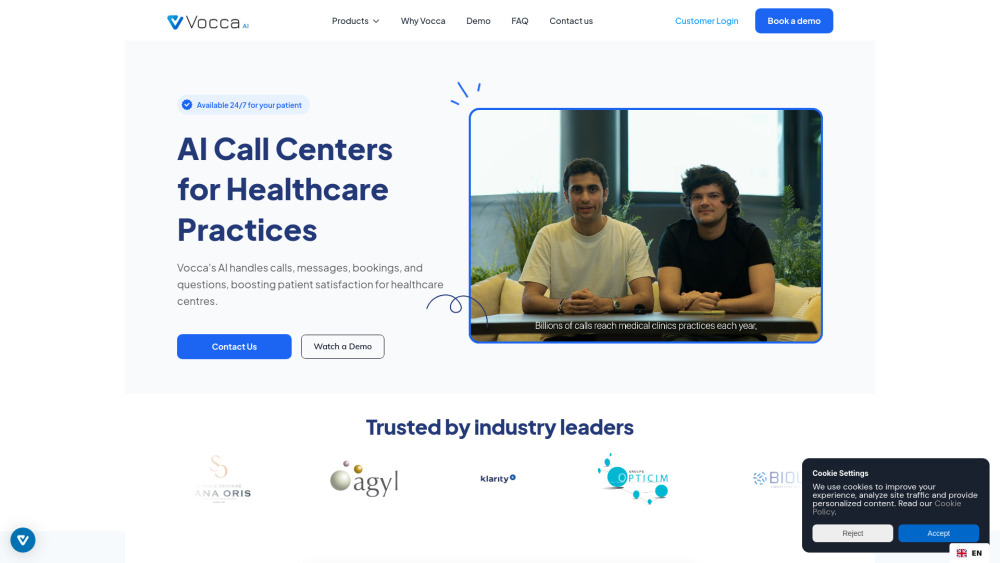Elon Musk's xAI team recently launched the beta version of Grok-2, its chatbot, exclusively for premium users of X (previously Twitter). This updated version now boasts a feature for image generation through prompts, which users were quick to explore. However, unlike some of its competitors, Grok-2 lacked content filtration, leading to the creation of deepfake images featuring real individuals in compromising scenarios. Users were able to generate misleading and inappropriate content, including violent and pornographic imagery, without any restrictions. Some even took advantage of the lack of guardrails to create controversial images, such as a depiction of Donald Trump marrying Taylor Swift. Musk's promotion of the release, featuring flattering images of himself, was overshadowed by users using the tool to create less favorable content, such as portraying him as overweight or kissing Trump. In contrast, other AI tools, like Google's Gemini, have been criticized for overcompensating for biases by presenting historically white figures as people of color.
Experts have weighed in on the issues surrounding Grok and similar tools, highlighting the legal, ethical, and moral concerns raised by the unfiltered image generation capabilities. There is a pressing need for better content moderation measures, improved policies on content filtration, and increased transparency in the training and application of AI technologies like Grok. Legal experts and civil rights advocates have raised alarms about the potential risks of unfiltered AI-generated content, which could lead to legal liabilities related to misinformation, harassment, or copyright infringement. While Musk's ambition for innovation is commendable, the flaws in Grok's image generation capabilities underscore the importance of striking a balance between technological advancement and ethical responsibilities.
The controversies surrounding AI image generators like Grok and Gemini have sparked discussions about setting clearer boundaries in the realm of AI. The case of overfiltering versus underfiltering presents a dilemma for developers and users alike, as both approaches can lead to undesirable outcomes. Legal implications, notably copyright and libel issues, need to be addressed, as AI-generated content may inadvertently infringe on existing laws. Implementing technological solutions, such as watermarks on images, or developing hidden identifiers for AI-generated content, might aid in distinguishing between authentic and fabricated media. As the conversation on AI ethics continues, the need for industry-wide standards and ethical guidelines becomes increasingly apparent to ensure the responsible use of AI technologies in generating content.
In light of the evolving digital landscape, the necessity of safeguarding information accuracy and integrity has become even more critical. The recent incidents involving Grok serve as a stark reminder of the challenges associated with immature AI models and the importance of verifying the validity of AI outputs. While the debate on AI regulation and innovation continues, there is a growing consensus on the need for stringent measures to prevent the misuse of AI technologies and mitigate potential ethical and legal implications. As the industry grapples with these complex issues, collaboration among technologists, ethicists, policymakers, and legal experts remains crucial to navigating the ethical and legal complexities of AI-driven creativity.





